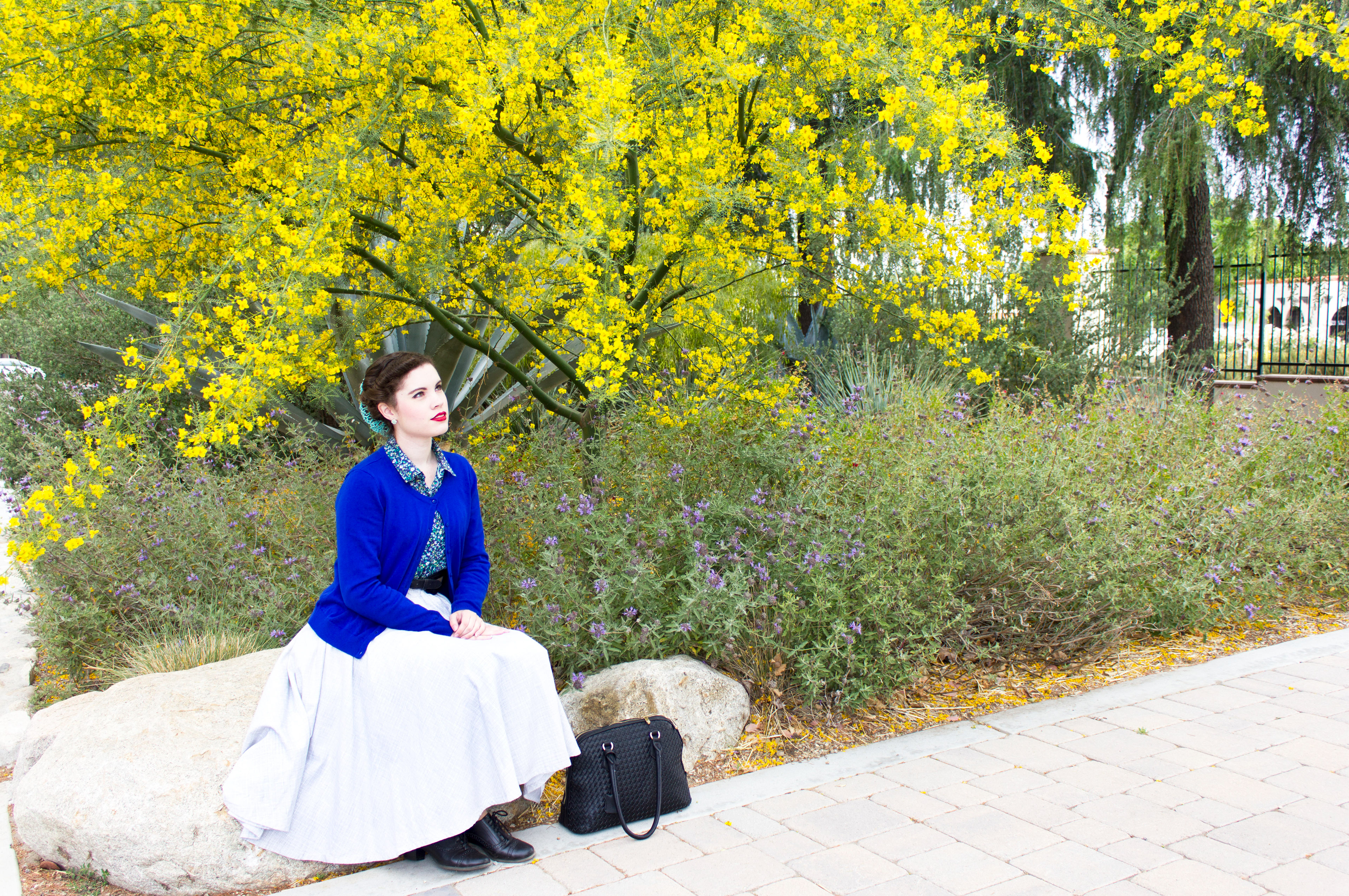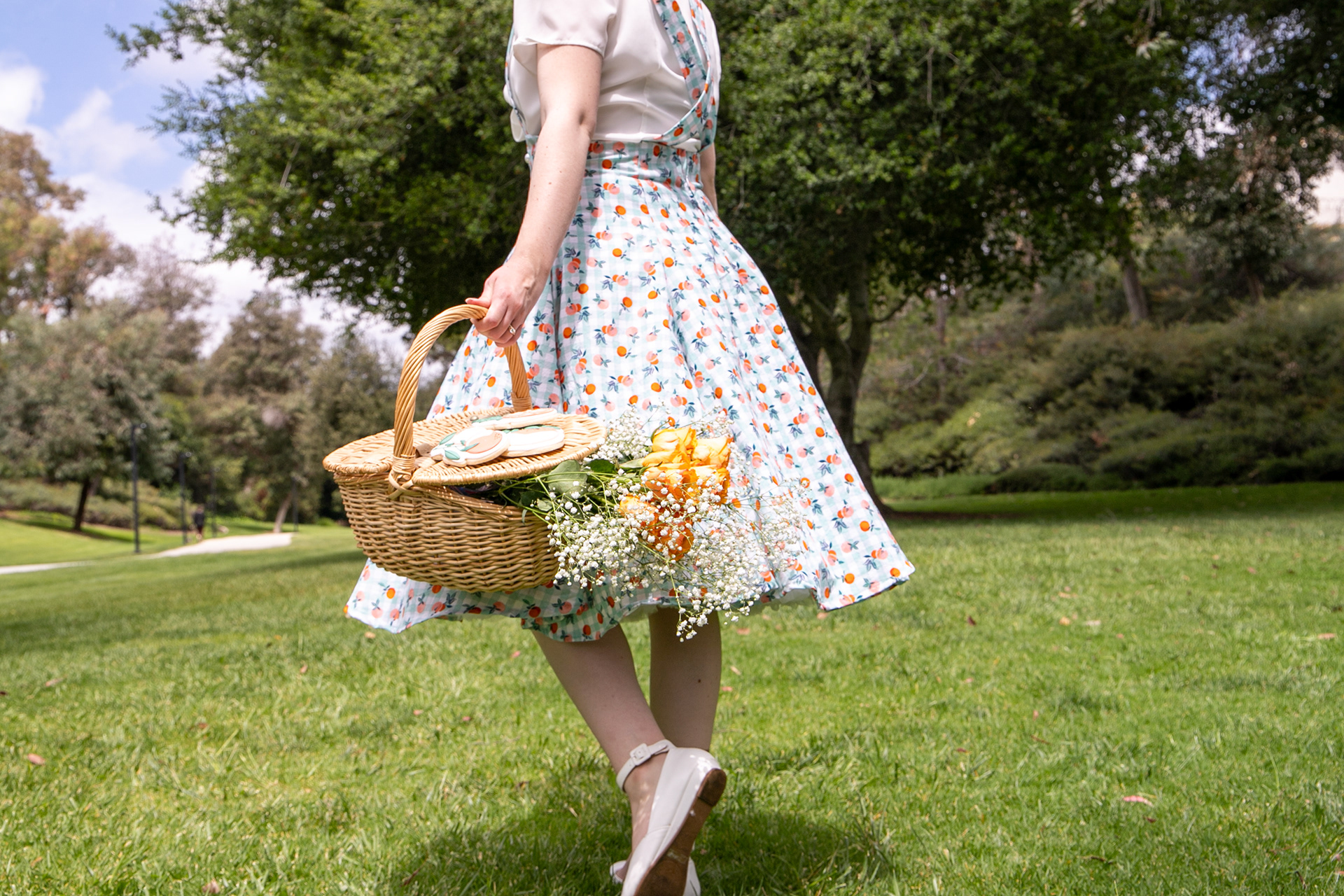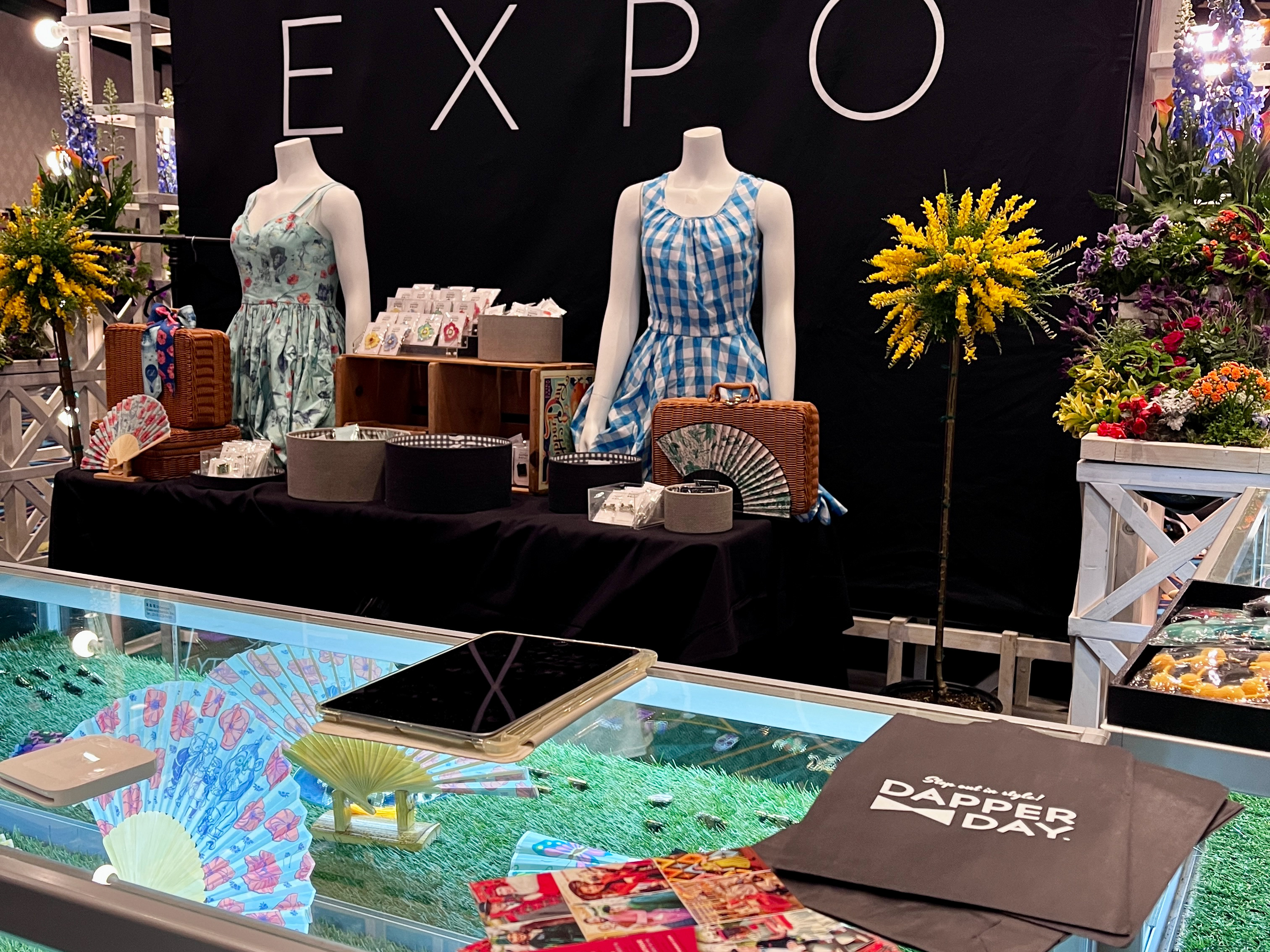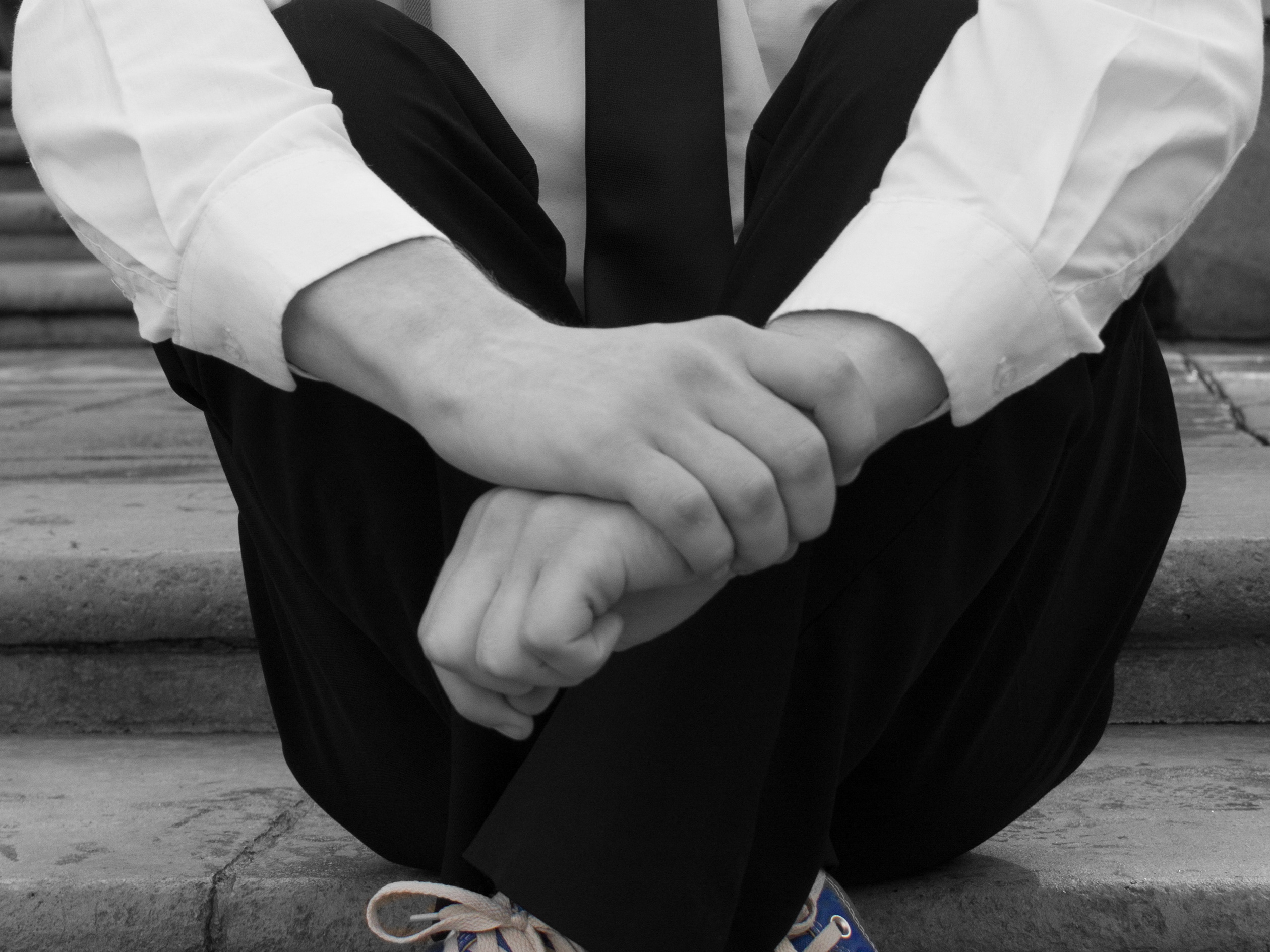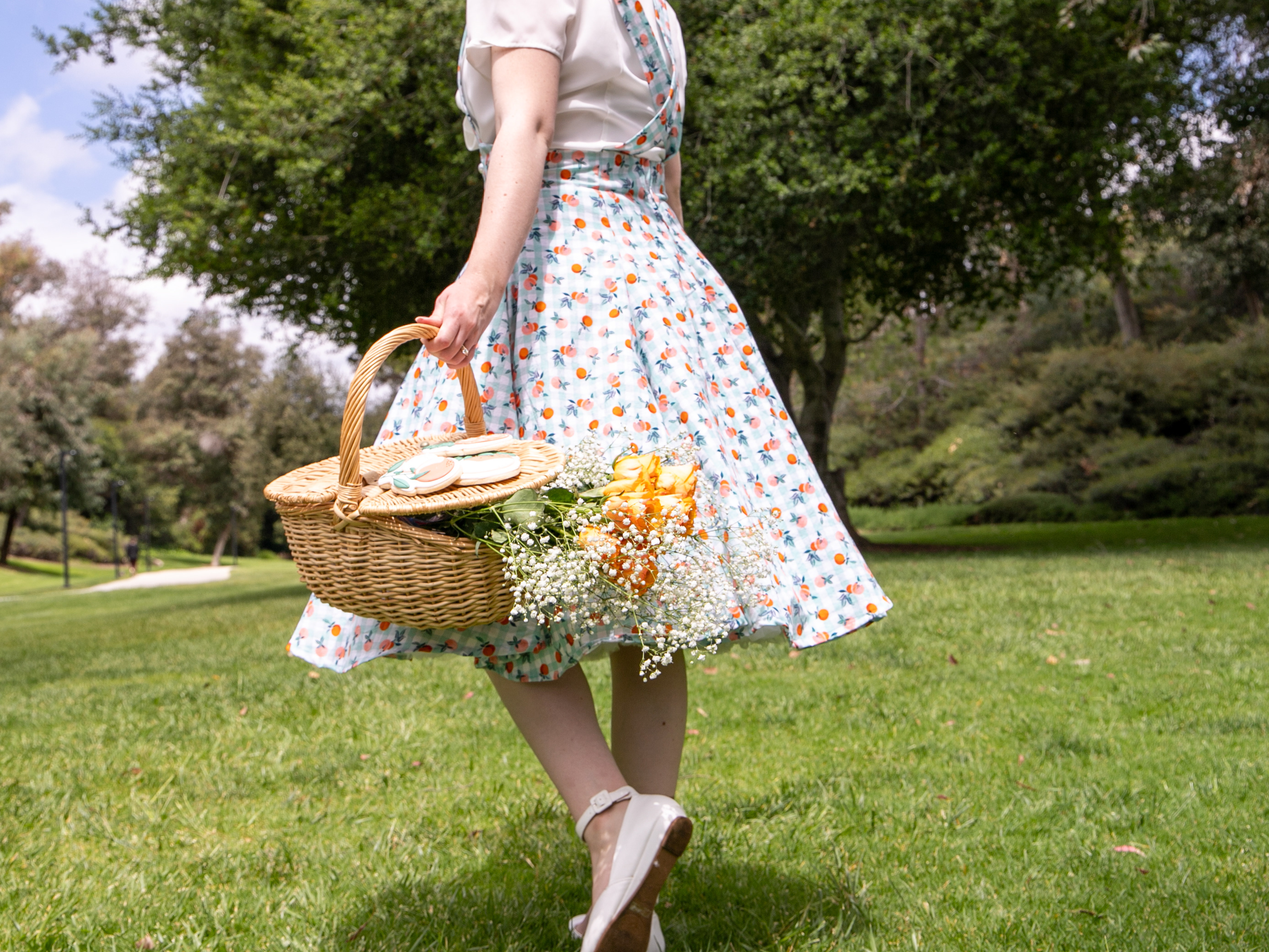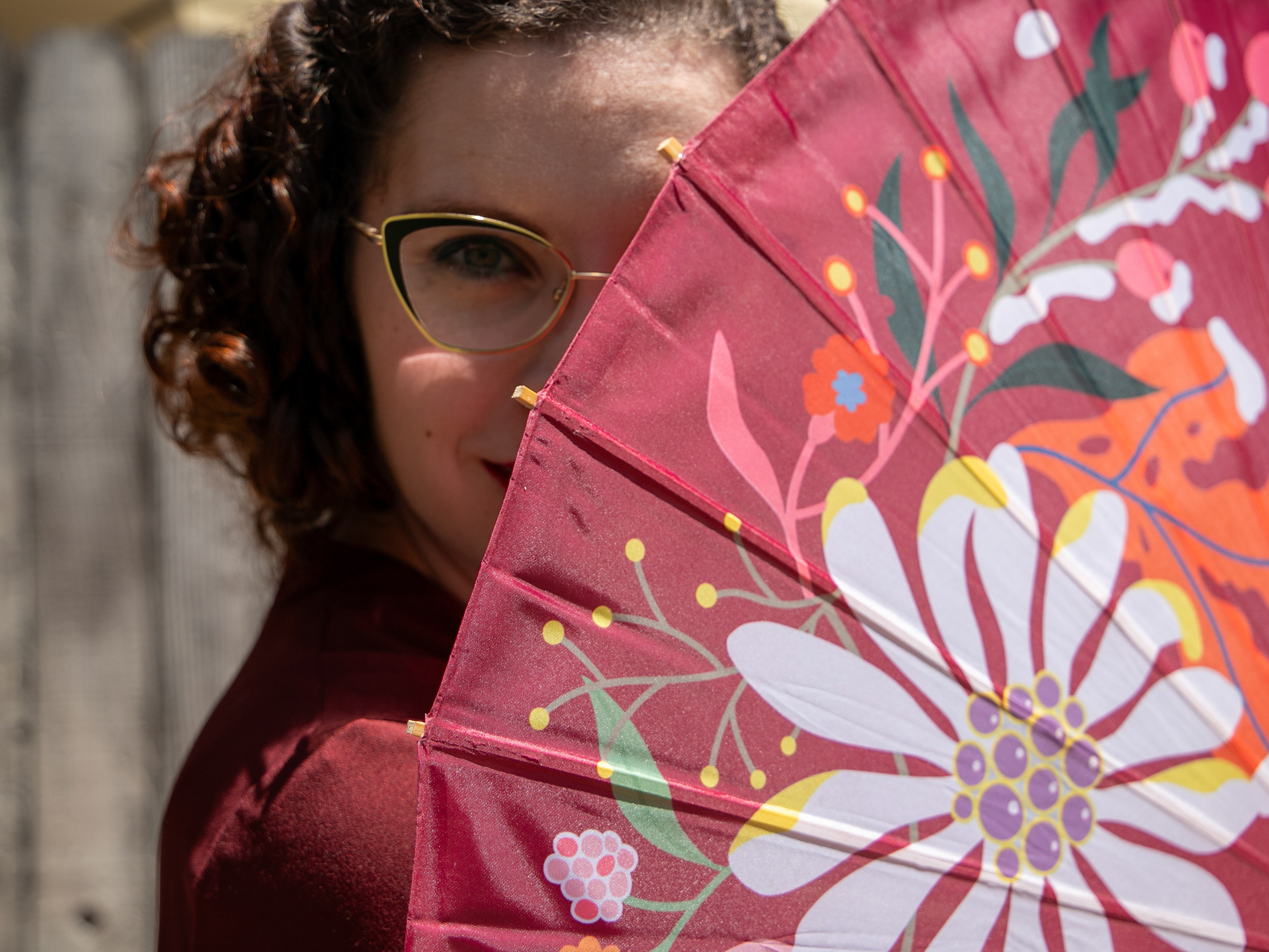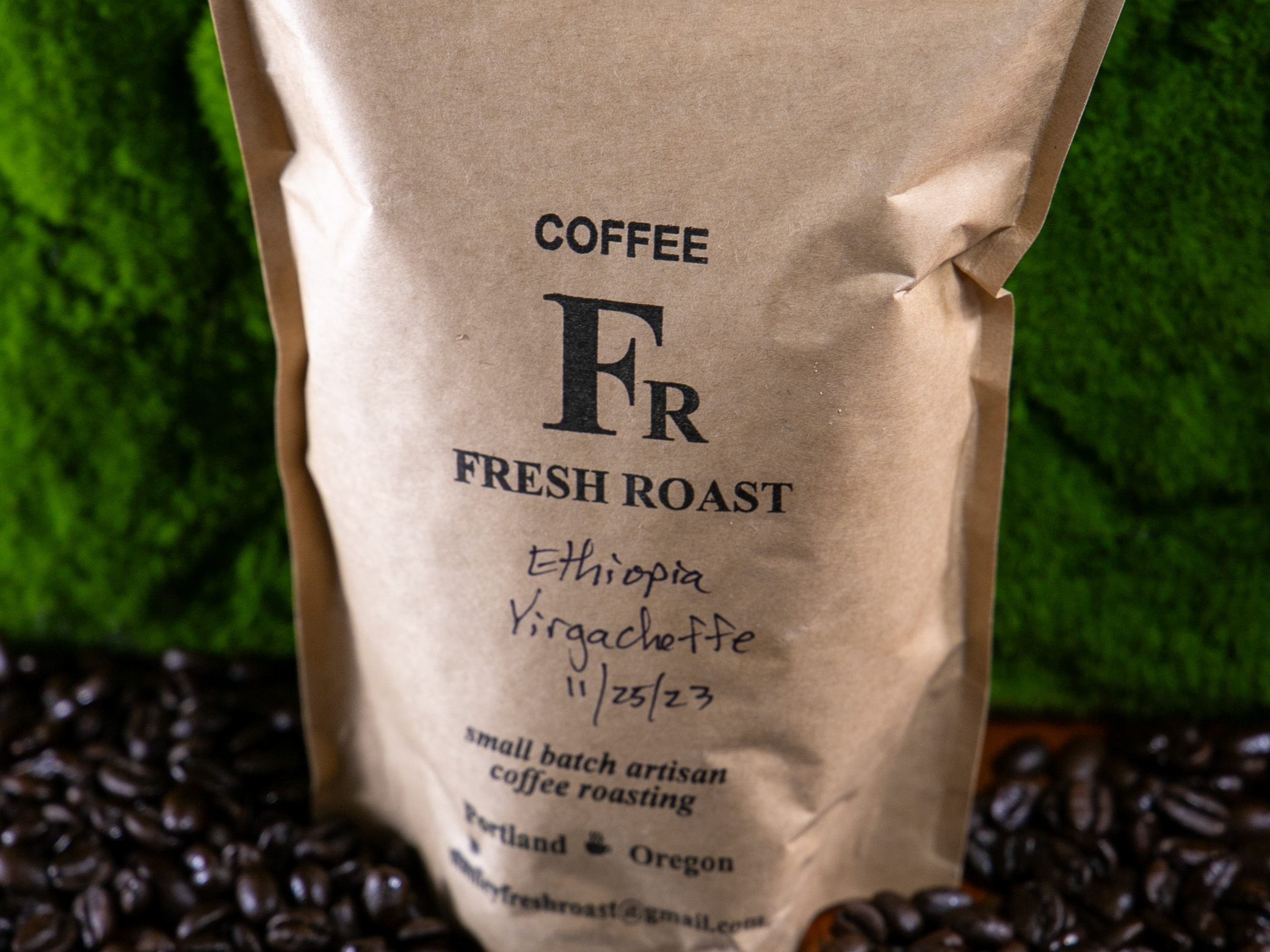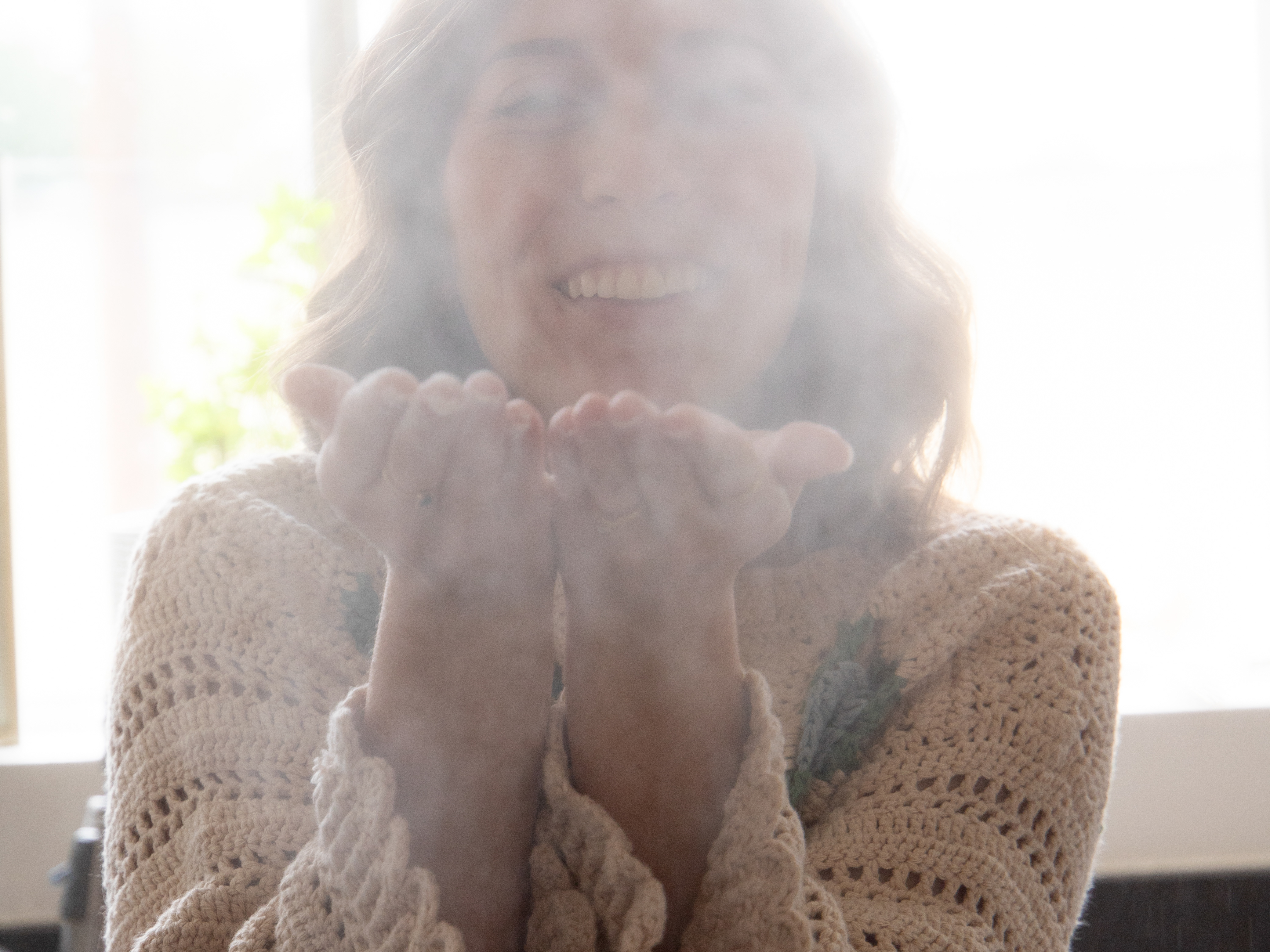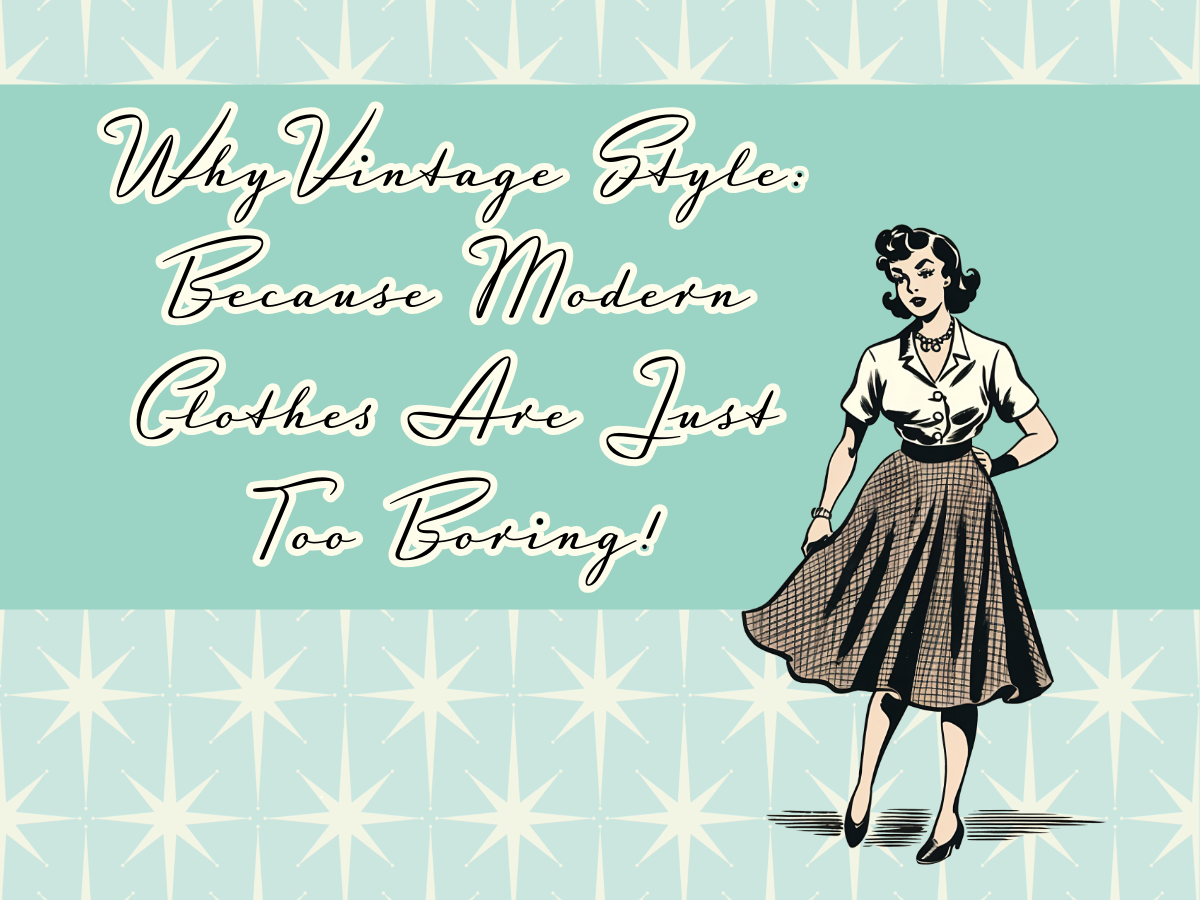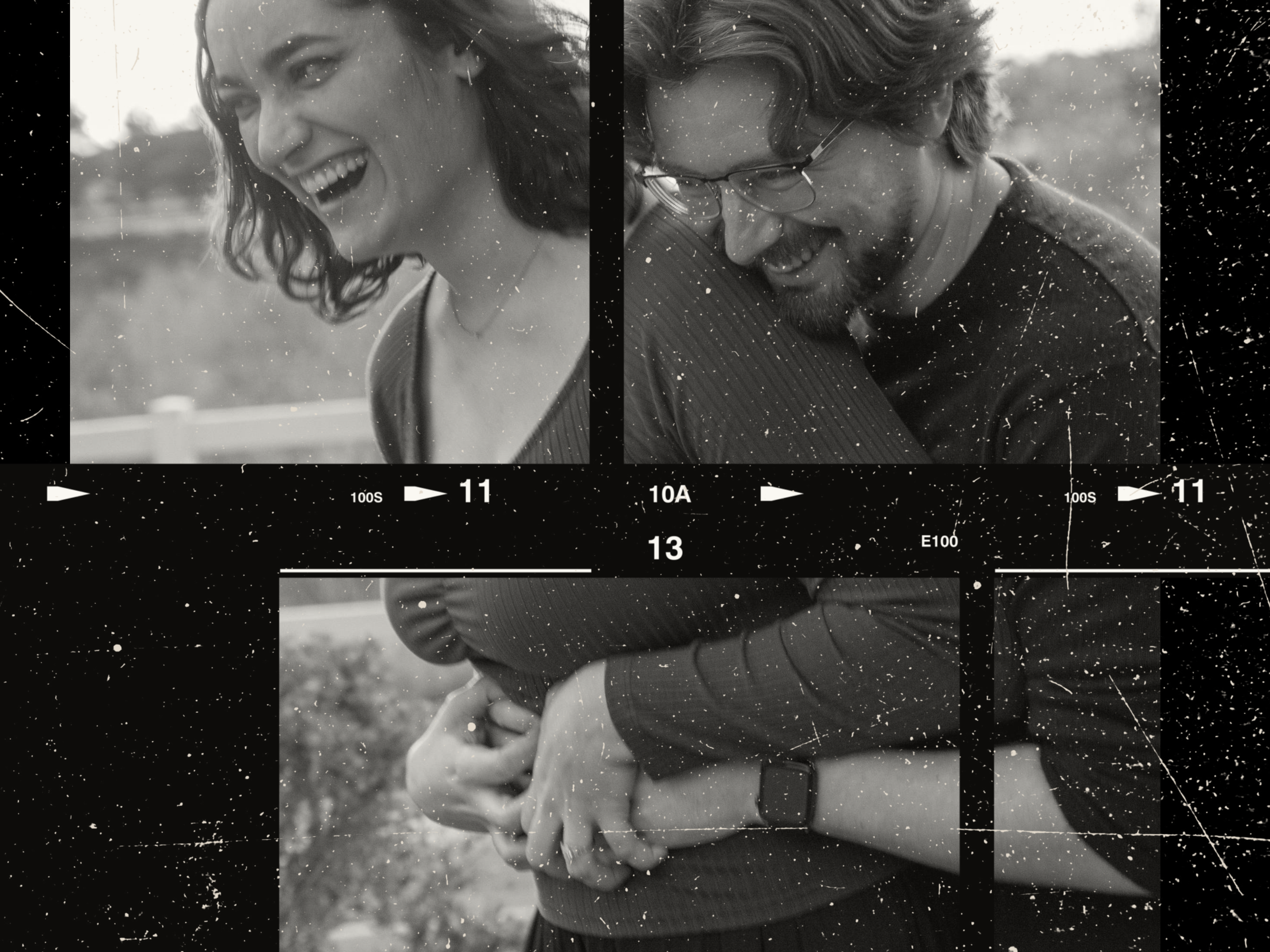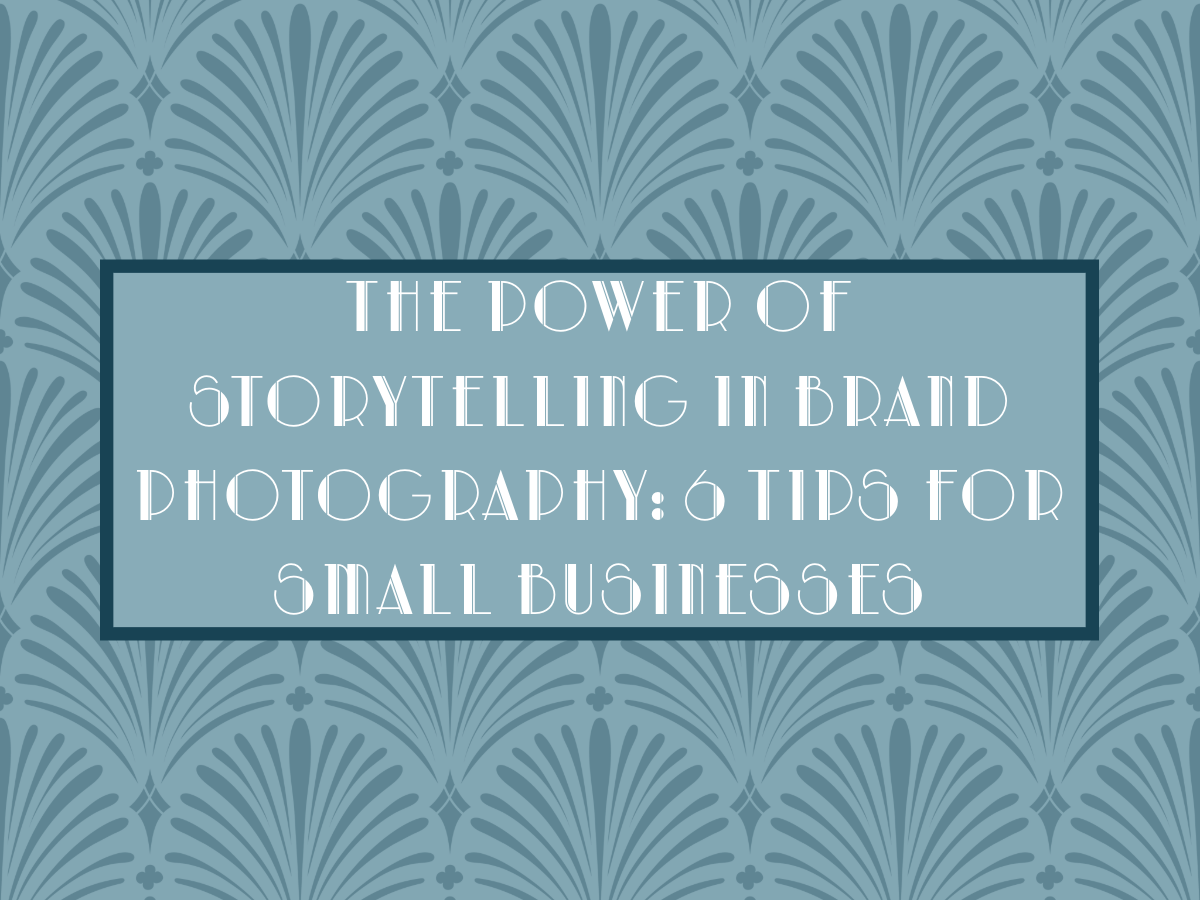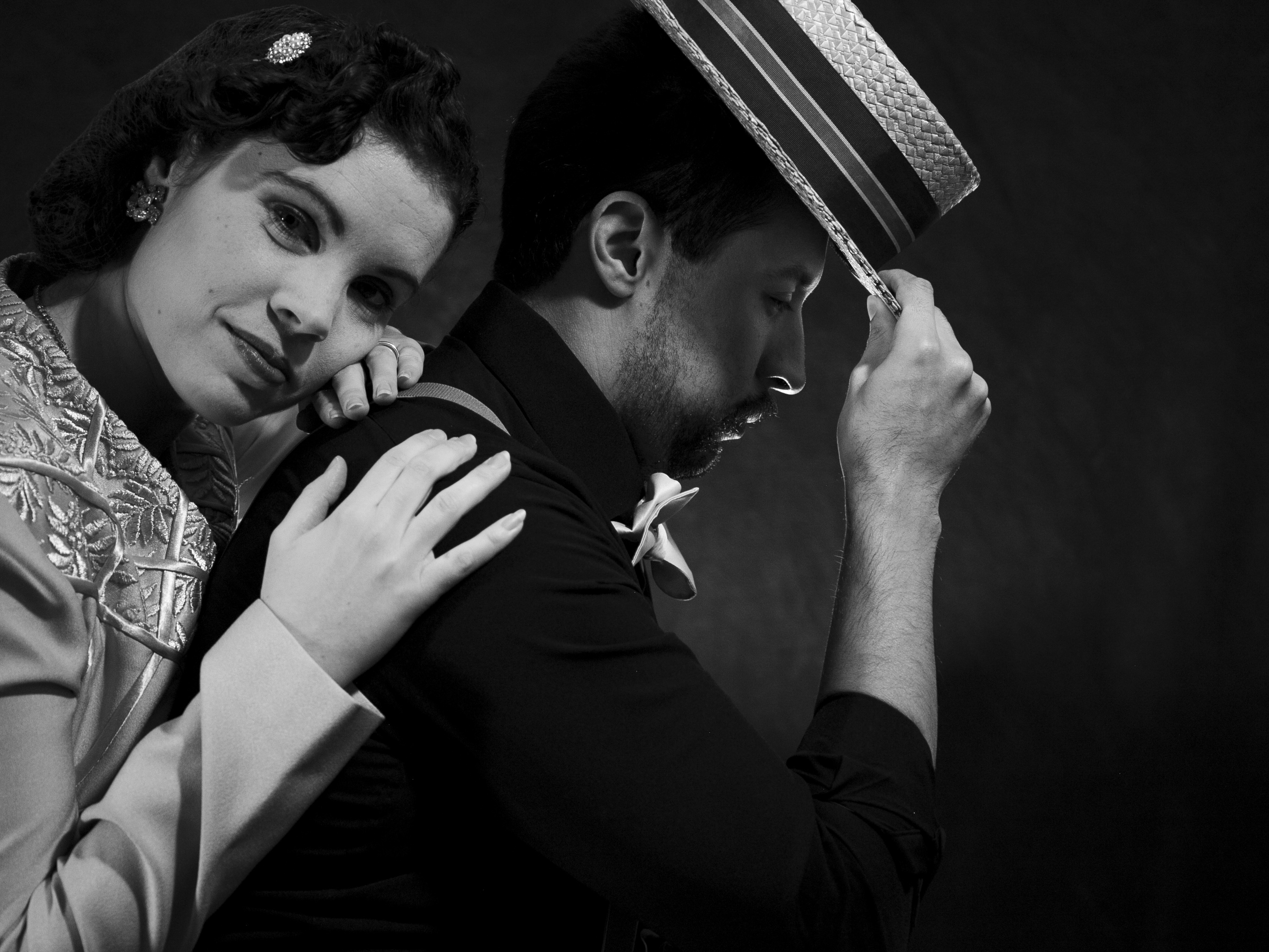There is something beautifully magical about Vintage fashion! It’s a statement that carries history, a sense of timeless elegance, that brings character and the past to life! Whether you’re drawn to the elegance of the 1920s, the structured silhouettes of the 1940s, or the playful charm of the 1950s, there are endless ways to incorporate vintage and retro fashion into your everyday style. Knowing how to style these classic pieces can take your look to the next level. In this post, I’ll be sharing my favorite vintage fashion tips, including how to layer outfits, must-have accessories, and a bit of historic inspiration to help you embrace the charm of past eras.
So, let’s step back in time and explore how to create the perfect vintage ensemble!
1. Layering: Mastering the Art of Layering
Layering is key to achieving that effortless vintage look. Many iconic vintage outfits featured carefully styled layers that added both purpose and flair. Here are some layering tips to consider:
The Classic Foundation: Undergarments & Silhouettes
In many vintage eras, the right undergarments played a crucial role in shaping the outfit. A-line skirts of the 1950s were often worn over petticoats for added volume, while the sleek silhouettes of the 1920s relied on slip dresses for a smooth drape.
Investing in vintage-inspired slips, stockings, or even corset-style tops can help achieve an authentic look.
Start with a Classic Base
Begin with a staple piece from your favorite era. This could be a 1940s tea dress, a 1950s pencil skirt, or a 1970s blouse with a dramatic collar. Your base piece sets the tone for your entire outfit.
Outerwear & Layering for Elegance
Depending on the season, layering can enhance both style and function:
Cardigans & Sweaters: A cropped cardigan from the 1950s can add warmth without overpowering your silhouette. I love to use cardigans throughout the year as they can add warmth under a jacket in the cold months or be a nice touch on a cool spring morning.
Blazers & Jackets: A structured 1940s blazer creates a polished and sophisticated look. A nice suit coat can really pull the ensemble together and create that sought after hourglass silhouette that was what every woman was after in the 1940’s.
Petticoats & Slips: For full-skirted dresses from the 1950s, a petticoat adds volume and authenticity. This volume creates a smooth silhouette and who doesn’t like to twirl in a voluminous skirt or dress!
